Growing and scaling your brand requires several different components that we need to be aware of, but to be a truly successful brand you need to ensure that all these components are connected and working together.
When we think about the mechanics of your brand, we can imagine them as cogs in a wheel - they all fit together and are all connected. Your brand is the center of the wheel, and when you crank the wheel with energy, money, time, and effort to craft the lifestyle of the brand, you create a piece of machinery that broadcasts your message and brand meaning effectively.
There are 7 key components that are essential for scaling your brand:
1. Product:
We first want to start with our product. You need to make sure that your product delivers on the promise your brand makes and matches the market that you are aiming for. If your target market is blue collar workers, you probably shouldn’t be selling them a thin shirt that isn’t durable. On the other hand, if you are looking to target a high-end market, you don’t want to be sending them heavy, scratchy, uncomfortable shirts.
2. Fulfillment:
In the age of Amazon Prime, many consumers’ expectations of delivery times have been skewed with same-day and 2-day shipping on just about anything they want. While we can’t all match the efficiency of Amazon, it’s good to aim to ship items either same-day or within 24hrs of the order being placed. Realistically, if you are a smaller business and still starting out, you may want to focus on shipping Mondays, Wednesdays, and Fridays. Bottom line is, you want to be efficient and keep customers happy.
You also want to make sure the packaging matches the expectations of the brand. When we ship out our items, we send items in an Industry Threadworks branded box, throw in a handwritten note, our shirt is nicely folded and bagged, and the shirt itself is soft and good quality. This all adds to the customers experience and leaves them feeling connected to us and our brand.
3. Content Creation/Media:
This refers to every message your brand puts out whether it is virtual messaging, experiences, or what they see and hear. You want to ensure that you are producing relevant content and that your visuals and messaging describe your brand and your mission. You want to avoid creating content on the fly that could end up being irrelevant from the brand.
4. Social Media:
It is important as a brand that you have a good understanding of how to leverage social media. You of course need to have a good website, but it is also important that you are using social media to reach your audience. While you don’t need to be advertising on all platforms, you do want to make sure you are at least on the main ones such as Instagram and Facebook. More importantly, you want to focus on the platforms that your target audience is most active on. Social media is the place where you can deploy the high-quality content we spoke about previously.
5. Effective Advertising:
There is a large emphasis on the “effective” portion of this. You can do all of the advertising you want, but if you are advertising junk then nobody is going to like it. You don’t want to just throw money at reach, you want to put your money where you will get the most return. In order to have effective advertising, you need to have high quality content that resonates with the consumer and makes them want to be a part of your lifestyle and what you are creating. If people are interested in your content, they are going to be more willing to share it organically.
6. Email Campaigns:
This is all about following up, reaching back, and maintaining that connection with the consumer. They already like what you are putting out, now you want to keep the relationship going, offer insight, and let them feel connected to you and the lifestyle you are creating.
7. Customer Service:
Anytime that someone is reaching back to your brand, they are reaching back to your customer service which is why customer service needs to be congruent with the messaging you are putting out across all the other platforms.
People often make the mistake of focusing all their efforts on design and products when building their brand, but what I like to think about is that you aren’t selling apparel, you are selling a lifestyle! When a customer likes your brand and what it’s about, they want to be a part of it too! There are several moving parts to building a brand but making sure that they are all moving together is absolutely necessary when working toward scaling up to the 7-8 figure range.





